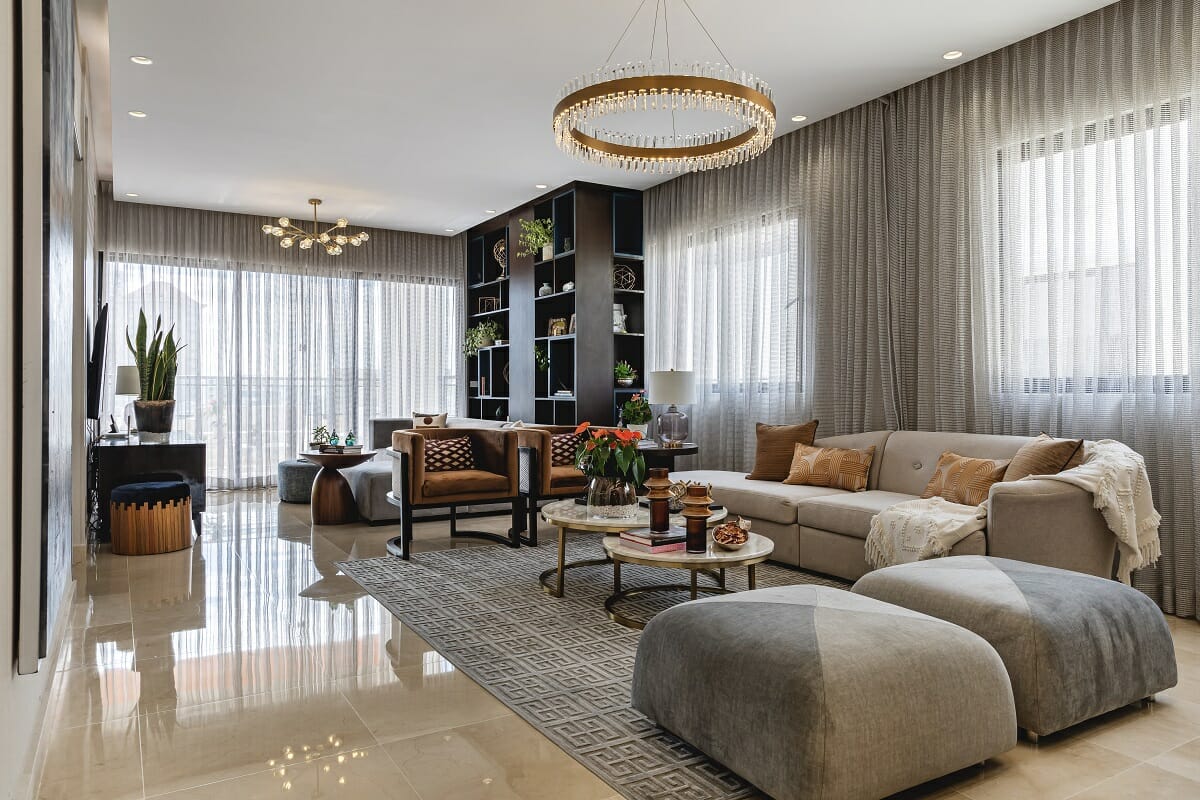Interior decor isn’t just about filling a space with furniture and accessories; it’s about crafting an environment that speaks to the soul, evokes emotions, and tells a story. From the layout of a room to the choice of colors and textures, every element plays a crucial role in creating a harmonious and inviting space. In this blog post, we delve into the art of interior decor and explore how to transform your spaces into sanctuaries that reflect your personality and style.
1. Understanding Your Space
Before embarking on any interior decor project, it’s essential to understand the space you’re working with. Consider factors such as the size and layout of the room, the architectural features, and the natural light. Understanding these elements will help you make informed decisions when it comes to furniture placement, color schemes, and decor choices.
2. Setting the Mood with Colors
Colors have the power to influence moods and emotions, making them a crucial aspect of interior decor. Choose colors that resonate with you and evoke the desired atmosphere in each room. Soft pastel hues create a sense of tranquility and serenity, while bold and vibrant colors add energy and personality. Experiment with different color palettes to find the perfect balance for your space.
3. Creating Balance and Harmony
Achieving balance and harmony is essential in interior decor to create a cohesive and visually pleasing space. Balance can be achieved through symmetrical furniture arrangements, or by mixing and matching different elements to create visual interest. Incorporate a variety of textures, patterns, and materials to add depth and dimension to your decor.
4. Personalizing Your Space
Your home should be a reflection of your personality, interests, and lifestyle. Incorporate personal touches and meaningful items into your decor to make your space truly unique. Whether it’s family photographs, travel souvenirs, or handmade artwork, these personal touches add warmth and character to your home.
5. Maximizing Functionality
While aesthetics are essential, functionality is equally important in interior decor. Choose furniture and accessories that not only look good but also serve a purpose. Consider the flow of the room and how you and your family will use the space. Invest in versatile pieces that can adapt to your changing needs over time.
6. Bringing the Outdoors In
Nature has a way of calming the mind and soothing the soul, making it an integral part of interior decor. Incorporate elements of nature into your space, such as indoor plants, natural materials like wood and stone, and nature-inspired artwork. These elements add a sense of tranquility and connection to the outdoors.

7. Paying Attention to Details
The smallest details can make the biggest impact in interior decor. Pay attention to finishing touches such as lighting, accessories, and decorative accents. Choose lighting fixtures that enhance the ambiance of the room and highlight key features. Incorporate decorative accents such as throw pillows, rugs, and artwork to add personality and charm.
Conclusion
Interior decor is an art form that allows you to express yourself and create spaces that reflect your personality and style. By understanding your space, setting the mood with colors, creating balance and harmony, personalizing your space, maximizing functionality, bringing the outdoors in, and paying attention to details, you can transform your spaces into sanctuaries that inspire and delight. Embark on your interior decor journey with creativity, passion, and an open mind, and watch as your spaces come to life with beauty and charm. More info







